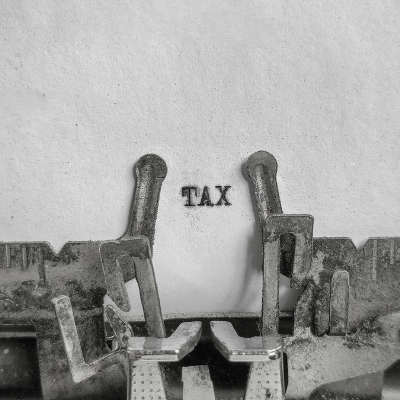
HM Revenue & Customs has kicked the ‘Making Tax Digital’ can down the road for another year. You could be forgiven for hoping that this would mean you could put off thinking about it for a while, however, unfortunately for many, this is not the case. Why? Well, if your accounting period is anything other than 5 April (or 31 March), you will be affected a year earlier than other sole traders, partnerships or rental businesses.
For Background
Specific rules determine the basis period in certain cases, including the early years of trade. These rules can create overlapping basis periods, which charge tax on profits twice and generate corresponding overlap relief. Overall, this basis of taxation is referred to as the current year basis. Currently, you can have a situation where two identical businesses pay tax at very different timescales because of their difference in basis periods.
HMRC is proposing to amend the basis of taxation to a tax year basis with effect from 2023 to 2024, so that a business’ profit or loss for a tax year is the profit or loss arising in the tax year, regardless of the accounting year-end. This would remove the current year basis rules and remove the creation of overlap relief.
The policy objective is to simplify the taxation of trading profits; however, the change would result in a transitional period from 2022 to 2023 to be ready for the new rules. The transitional period would mean that businesses that do not have an accounting date aligned to the tax year will be brought in line, and all overlap relief utilised at that point. The tax year basis would then start in the year 2023 to 2024.
Back to what will change and how it impacts
Hopefully, we have kept the audience who may be impacted still with us! Although it still is a tough sell if we look at the dates involved, preparing for the tax impact is better done sooner as we can estimate consequences based on the information we know – to soften the blow or possibly implement contingency planning.
So, Making Tax Digital (MTD). The introduction for VAT registered businesses is already underway and next up to the podium is the Income Tax Self-Assessment (ITSA) for sole traders and landlords. Irrespective of their accounting year-end date, this group will be subject to submitting quarterly online ‘updates’ every 30 June/5 July, 30 September/5 August, 31 December/5 January and 31 March/5 April from 6 April 2024 plus a final ‘annual return’ to cover the accounting period.
To ‘simplify’ the new Making Tax Digital regime, HMRC is going to usher in a change in the period of profits that are taxed in a given tax year. When Making Tax Digital requires you to submit five updates from the current one annual return, there has to be streamlining somewhere!
From 6 April 2024, the basis period for taxing profits will change to a ‘Tax Year’ i.e. profits will be taxed for the tax year 31 March/5 April, rather than your accounting year. So, if we take as an example a 30 September year-end – from 6 April 2024, six months of profits for the year ended 30 September 2024 would be added to six months of profits from the year ended 30 September 2025. You can see that you would need to prepare accounts for two accounting periods to establish the tax liability due in a given tax year!
So, what will happen in the new regime?
Our example means that in the 2023/24 tax year, a trader would usually be taxed for the year to 30 September 2023 and without adjustment, the six months of profits from October 2023 to March 2024 would be “missed”. To align the taxable periods, these profits will have to be brought into the tax return, making 18 months of profits taxed in one year in the transition period.
You will be able to get some respite from this additional period of profits with overlap relief – offset the additional profits chargeable to tax under this transitional alignment period.
So if a trader had profits of £20,000 in the year ended 30 September 2023, and £24,000 in the year ended 30 September 2024, but only £6,000 of overlap relief, the taxable profit would look like this:
| 2023/24 Example of Basis Period Change | e.g. |
| Profits year ended September 2023 | £20,000 |
| Profits October 2023 – March 2024 | £12,000 |
| Total | £32,000 |
| Less Overlap relief | (£6,000) |
| Total taxed 2023/24 | £26,000 |
If the overlap relief is large enough, the profits over that extended period will likely fall roughly in line with your usual profits level and cash flow will not be affected.
What if your start-up was a slow burn or was many moons ago and the overlap relief calculated is minimal compared to the profits of the extended transitional period?
This scenario could cause a big jump in the tax and the payments on account due in January and July 2025. HM Revenue & Customs are looking to smooth this potential cashflow issue by allowing an election to spread any excess profits found in the transition year over up to five years.
In summary
If you have an accounting year-end that does not fall on 31 March/5 April you may want to check out what your overlap profits are to have an overview of the potential impact to you in the coming years under the new regime. We will of course be assessing this on behalf of our clients and making recommendations on how this will affect you and what you can do to manage it. Speak to your Foxley Kingham account manager for more information.









